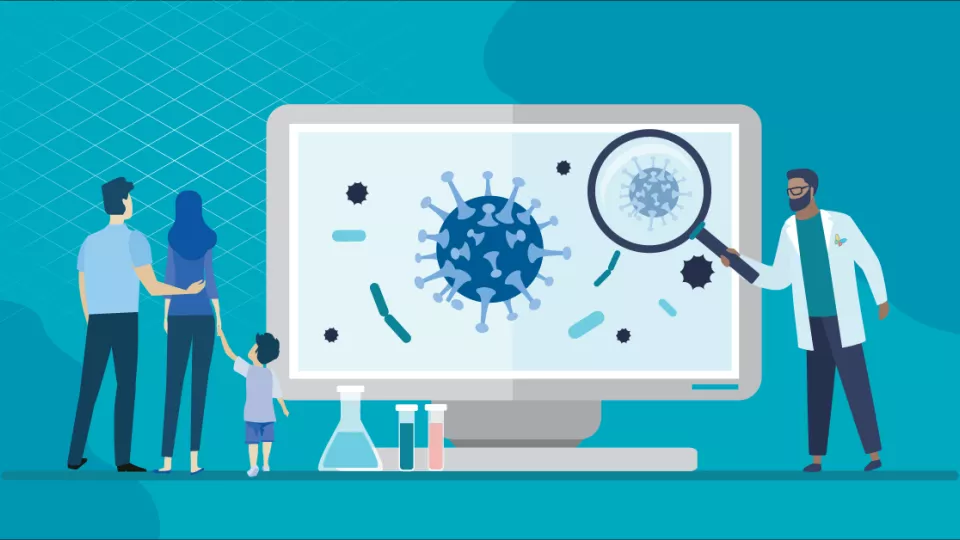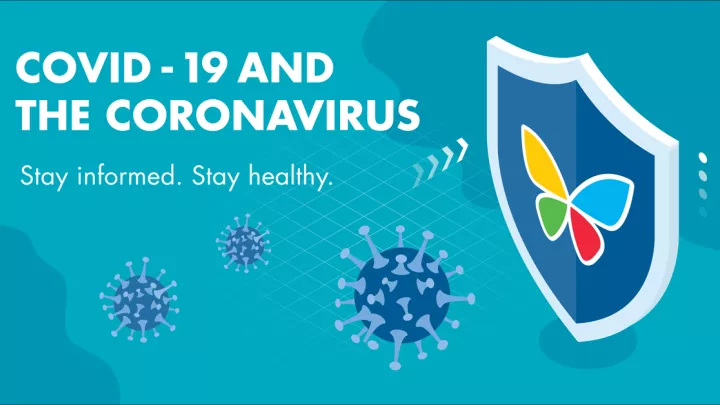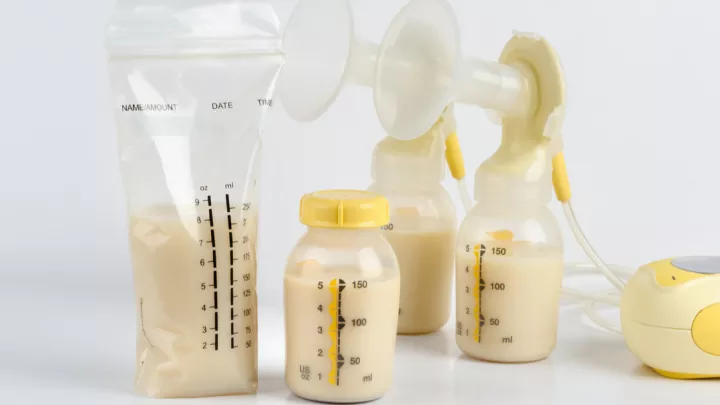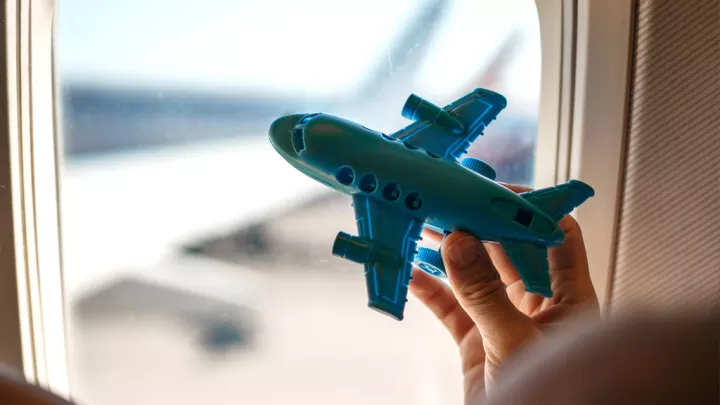
What You Should Know About COVID-19
Children’s Hospital Los Angeles is working diligently to protect our patients, families and team members from COVID-19. We asked our experts for facts that can help answer the most essential questions parents have. Below, you’ll find information about this virus, what is being done to prevent its further spread, and how you can protect yourself from the threat of infection.
What are the symptoms of COVID-19?
The CDC notes that symptoms of COVID-19 include:
- Fever or chills
- Cough
- Shortness of breath or difficulty breathing
- Fatigue
- Muscle or body aches
- Headache
- New loss of taste or smell
- Sore throat
- Congestion or runny nose
- Nausea or vomiting
- Diarrhea
How does a coronavirus spread?
The virus spreads through airborne particles and droplets released by a person infected with SARS CoV-2 when the person exhales, speaks, sings, coughs or sneezes. Less commonly, COVID-19 could potentially be spread by touching an infected surface and then the mouth, nose or eyes, but that is not thought to be the primary way the disease is spread.
How can people help prevent the spread of the disease?
The Centers for Disease Control and Prevention (CDC) recommends:
- Get fully vaccinated, including booster shots when you are eligible.
- Wear masks when recommended. Currently, if you live in a region with high rates of COVID-19 transmission, wear masks in public indoors spaces, even if you are vaccinated. Consider wearing masks when attending mega-events such as crowded concerts.
- Practice physical distancing (staying at least six feet away from others).
- Avoid crowds and poorly ventilated spaces.
- Wash your hands or sanitize them with alcohol gel often.
- Cover coughs and sneezes with the inside of your elbow.
- Clean and disinfect high-touch surfaces.
- Monitor your health daily. If you have any symptoms of COVID-19, stay home except to get tested for the virus.
Is COVID-19 treatable?
The best treatment is prevention, so get vaccinated and boosted when you are eligible. Boosters are available for anyone aged 5 and over five months after their second dose. Several treatments for the disease have been developed, although their effectiveness and availability may vary. Long term complications can arise from a COVID-19 infection, though vaccines are thought to reduce the risk of developing long term health issues.
Who is eligible for the vaccine?
Children over 6 months of age are now eligible for the vaccine—either Moderna’s two-dose vaccine or Pfizer-BioNTech's three-dose vaccine, which differ slightly in age range. Anyone 5 years and older is eligible for the Pfizer-BioNTech booster shot at least 5 months after completing their primary COVID-19 vaccination series. Find answers here to your questions about children and the COVID-19 vaccine.
Can my child get vaccinated at CHLA?
Yes. You can visit Myturn.ca.gov to schedule an appointment. Use our ZIP code, 90027, to find us.
What signs should cause people to seek medical attention?
Seek emergency medical attention immediately if you or your child develop:
- Trouble breathing
- Persistent pain or pressure in the chest
- New confusion
- Inability to wake or stay awake
- Pale, gray, or blue-colored skin, lips, or nail beds, depending on skin tone
If you suspect it is COVID-19, call the doctor or tell the emergency department when you arrive, so the facility can help ensure that you don’t expose anyone else to the virus, if you have it.
Should I put a mask on my baby?
No, you should not. The recommendation from the Centers of Disease Control and Prevention, the state of California and Los Angeles County to wear a facial covering when appropriate does not apply to children under age 2. The primary reason, as Children’s Hospital Los Angeles infectious diseases physician Michael Smit, MD, explains, is the mask’s potential to cause breathing difficulties for a small child. That combined with babies’ inability to convey their distress or remove the mask on their own could create the threat of suffocation.
“They can’t communicate readily if they’re having problems breathing,” says Dr. Smit, CHLA’s Medical Director of Infection Prevention and Control. “You don’t want to think that you’re trying to help your child by putting a cloth mask on them, and then inadvertently put them at risk for suffocating themselves.” Click here for more information on masking.
Where can the most up-to-date information be found?
The situation may change as more information and facts about the new virus emerge. For the most current information, visit the CDC website: www.cdc.gov.


